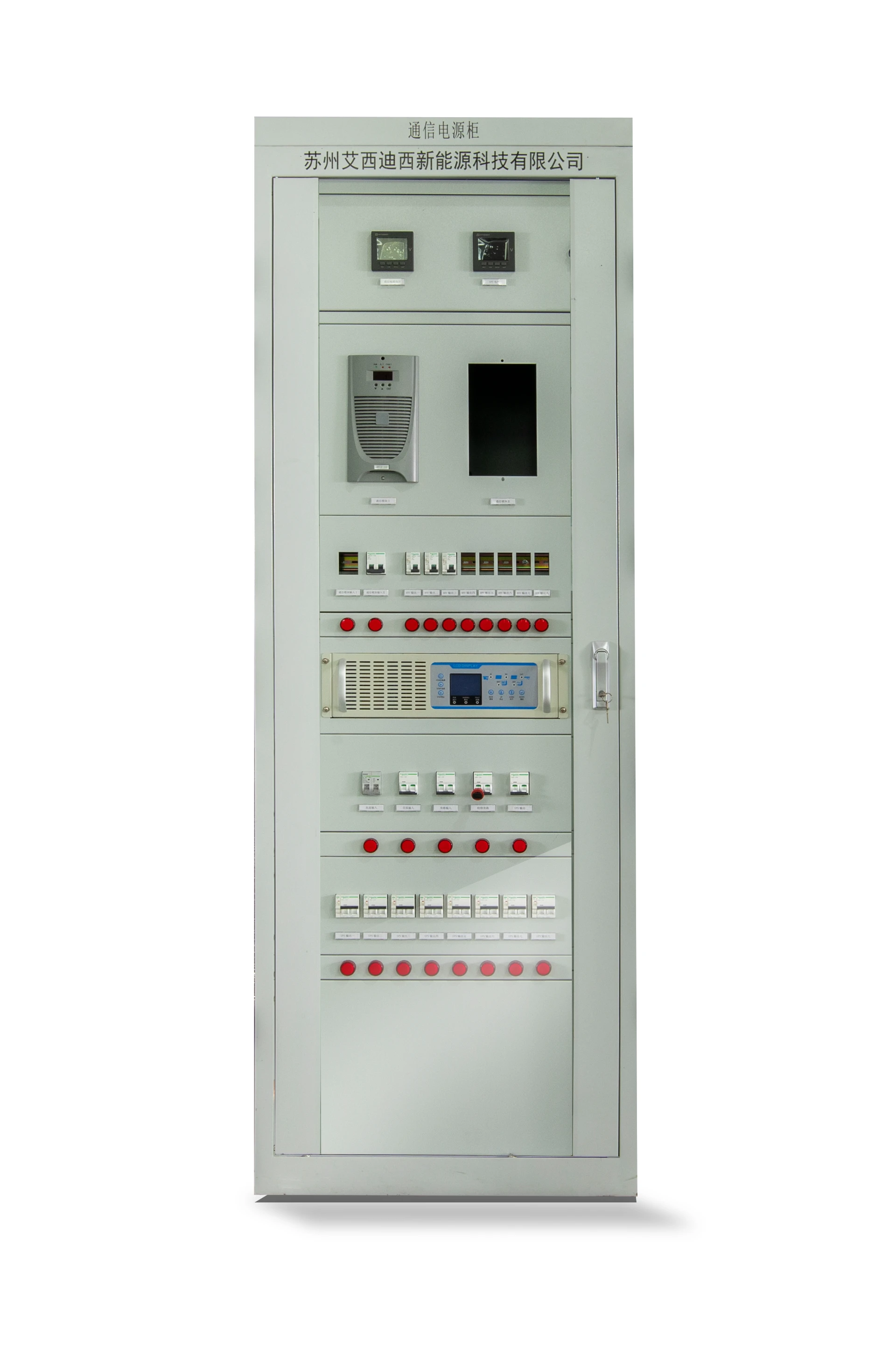
8 月 . 02, 2025 02:20 Back to list
Advanced AI Energy Management with GPT-4 Turbo
In a world striving for intelligent, sustainable operations and reduced energy overhead, energy management system (EMS) technology stands at the heart of smart manufacturing, utilities, and enterprise infrastructure. This article deep-dives into the latest industry trends, core technical parameters, OEM perspectives, and practical applications, with a focus on the advanced 48V Communication Power Supply.
Explore the ecosystem of energy management system EMS, OEM customization, and real industry case studies, leveraging authoritative data, process flows, certifications, and customer feedback.
1. Energy Management System (EMS): Market Trends & Sector Growth
- Market Value: According to MarketsandMarkets, the global energy management system market size is projected to reach USD 75.6 billion by 2027, with a CAGR of 13.4% from 2022 to 2027. (Source)
- Key Growth Drivers: Rising energy prices, strict efficiency regulations (ISO 50001:2018), rapid industrial automation, and IoT/AI integration.
- OEM & Customization: More than 40% of enterprises now seek OEM energy management system EMS platforms tailored to their asset profiles. (EnergyCentral)
- Major Sectors: Utilities (power generation/distribution), manufacturing, oil & gas, data centers, telecommunications, water treatment, and smart buildings.
- Policy & Compliance: Adherence to global standards, such as ISO 50001, ANSI/ASHRAE 135 (BACnet), and regional energy directives, is a growing trend.

Key Industry Applications:
- Telecom & Data Centers: EMS and optimized 48V power supplies ensure 24/7 uptime, real-time power monitoring, and preventive maintenance.
- Industrial Automation: Deep EMS integration enables predictive maintenance, peak shaving, demand response, and cost allocation.
- Smart Buildings & Utilities: Centralized EMS platforms govern HVAC, lighting, water pumps, HVAC controls—boosting overall efficiency and reducing OPEX.
2. Technical Parameters: Energy Management System EMS Comparison
The energy management system typically comprises intelligent sensors/meters, a centralized controller, HMI (Human-Machine Interface), communication modules, and analytics software.
Below is an industry comparison of leading EMS features:
| OEM EMS Model | Input Voltage Range | Communication Protocols | Control Interface | Standards Compliance | Scalability | Energy Savings (%) |
|---|---|---|---|---|---|---|
| ACDCBESS-E100 | 85-305VAC / 48VDC | Modbus, BACnet, TCP/IP | Web/APP/HMI | ISO 50001, Siemens PMD | Modular (1000+ nodes) | 15–32% |
| OEMPro-EMS900 | 100-240VAC | IEC 61850, MQTT, SNMP | Web, API | ISO 50001, ANSI C12 | Flexible | 18–26% |
| EnerSysCloud-X | 127-277VAC | DNP3, OPC UA, BACnet | Web/Terminal | ASHRAE 135, IEC 60870 | Cloud/Hybrid | up to 35% |
Why Choose Advanced EMS? Smart OEM energy management system ems platforms deliver precise load management, prevent downtime, and guarantee regulatory compliance. The integration of open communication protocols like Modbus and BACnet ensures interoperability with existing industrial networks.
3. Product Focus: 48V Communication Power Supply
Learn more about the 48V Communication Power SupplyCentral to mission-critical EMS infrastructure, the 48V Communication Power Supply from ACDCBESS blends advanced materials science and precision engineering to deliver ultra-reliable power. Widely adopted in telecom, automation, and edge computing, its robust specifications guarantee optimized performance and long service cycles.
Key Technical Specifications
| Parameter | 48V Communication Power Supply | Industry Average |
|---|---|---|
| Input Voltage Range | 90~290VAC | 100~240VAC |
| Output Voltage | 48V DC ±1% | 48V DC ±2.5% |
| Rated Output Power | 1200W | 1000W |
| Conversion Efficiency | 94.5% | 91.5% |
| Operating Temperature | -20°C to +60°C | -10°C to +50°C |
| EMC/EMI Standards | EN 61000-6-2/4, FCC Part 15 | EN 61000-6-1 |
| Certifications | CE, RoHS, ISO 9001:2015 | CE, RoHS |
| Enclosure | Aluminum alloy, anti-corrosive coating | Steel/plastic, basic finish |
| Rated MTBF | ≥100,000 hrs | 50,000 hrs |
4. Manufacturing Excellence: EMS Power Supply Process Flow & Materials
High-purity aluminum alloy (6061-T6) and PCBs sourced per RoHS standards.
Precision die-casting for EMC shielding; forging for enclosure strength.
Multi-axis CNC cuts for thermal paths
& connector fit, micron-level tolerances.
Anodizing, powder coating for corrosion resistance (ISO 9227 Neutral Salt Spray).
Automated SMT component placement; torque-controlled fastener application.
Load test, surge immunity (IEC 61000-4-5), det. ISO 9001:2015 QMS.
OEM firmware config; Burn-in cycle for telecom/utility specs.
- Materials: Aerospace-grade aluminum chassis, gold-plated PCB contacts, halogen-free insulation.
- Manufacturing Standards: ISO 9001:2015, RoHS, ANSI/ESD S20.20, IEC 61000, FMEA-based QA.
- Typical Lifespan: ≥12 years in field operation (tested per IEC 60068-2-2).
- Applicable Sectors: Oil & gas, metallurgical plants, telecom base stations, water distribution, industrial automation.
- Core Advantages: energy management system integration, 48V stability, anti-corrosive build, ultra-high EMI shielding, adaptive environmental control.
5. Performance Visualization, OEM System Comparison & Market Share
Figure 2: OEM energy management system market share by sector (2023).
6. OEM EMS Supplier Comparison: Performance, Compliance, and Industry Leadership
| Vendor | System Platform | Compliance | Customization Level | Warranty | Reference Industries |
|---|---|---|---|---|---|
| ACDCBESS | 48V Communication EMS | ISO 50001, CE, RoHS, FCC | Full (Firmware/Hardware/Interface) | 5 years | Telecom, Utilities, Industrial |
| Schneider | EcoStruxure Power | ISO 50001, UL, IEC 62443 | Firmware/UI | 2 years | Manufacturing, Commercial |
| Siemens | Sentron EMS | IEC 61850, ISO 9001 | Partial | 3 years | Utilities, Buildings |
| Huawei | FusionEMS | ISO 50001, IEC 62443 | Firmware/Cloud API | 2 years | Telecom, Data Centers |
- ACDCBESS stands out for the longest warranty and highest customization flexibility for both OEM energy management system and power modules.
- All suppliers comply with at least ISO 50001 (energy efficiency management) and relevant safety norms.
- Schneider and Siemens focus on advanced analytics and integration with building automation.
7. Tailored Integration: OEM Energy Management System Solutions
- Adapting to Sector Needs: OEM EMS solutions, such as those from ACDCBESS, are engineered with modular architectures, supporting energy management system ems rollouts from small installations to multi-site industrial complexes.
- Custom Controls: Support bespoke communication protocols, API-level integration, and firmware-level energy policy tuning.
- Advanced Security: End-to-end data encryption, event logging per IEC 62443, and remote diagnostics.
- Service Model: Full lifecycle support, including system design, provisioning, on-site commissioning, and long-term predictive maintenance.
8. Application Scenarios: Energy Management System in Action
Deployment of 320 48V Communication Power Supply modules in a national 5G backbone—enabled automated EMS with 18% peak hour energy reduction, ensured uptime via smart diagnostics, all nodes engineered per ISO 50001 and EN 61000-6-2.
Retrofit of legacy controls with OEM energy management system ems and 48V power: Reduced total site consumption by 22%, passed ANSI C37.90 surge immunity, 8-year no-failure record.
Integrated EMS, automated 48V pump controls, and remote SCADA interface. Water waste cut by 11%, operational downtime slashed by 70%, achieved ISO 9001:2015 re-certification.
Customer Feedback
- "Seamless energy management system integration with predictive analytics improved our site efficiency by 21%." (Telecom Systems Manager, Germany)
- "The 48V power supply modules tolerate extreme humidity, keep our oil refinery SCADA running, and meet all ANSI/IEC test requirements." (Automation Engineer, Brazil)
- "ACDCBESS's technical support and 5-year warranty gave us real confidence. Zero failures in 5 years." (Water Utilities Operator, UAE)
9. Professional FAQ: Energy Management System & 48V Power Supply
10. Delivery, Warranty & Customer Assurance
- Delivery: Standard module lead time: 3–4 weeks ex-factory; Custom EMS OEM systems: 8–10 weeks. Global air/sea shipping available.
- Warranty: 5 years for 48V Communication Power Supply hardware; 2 years for EMS software/firmware.
- Support: 24/7 technical hotline, lifetime remote diagnostics, rapid on-site assistance, and annual check-ups included.
- Certifications: Our products meet ISO 9001:2015, EN 61000-6-2/4, CE, FCC, and RoHS compliance. Industry partnerships comprise >180 enterprise deployments worldwide.
11. References & Industry Insights
Further reading:
This is the last article
-
Advanced AI Energy Management with GPT-4 Turbo
NewsAug.02,2025
-
AI-Powered EMS with GPT-4-Turbo | Efficiency Boost
NewsAug.01,2025
-
Optimized Storage System for GPT-4-Turbo | High Performance
NewsJul.31,2025
-
AI Energy Management System w/ GPT-4 Turbo Efficiency
NewsJul.31,2025
-
High-Performance Energy Storage System for Reliable Power Solutions
NewsJul.30,2025
-
Advanced EMS Solutions for Energy Management System & Storage Battery Companies
NewsJul.29,2025























